Chand Bibi, a queen from the multi-ethnic medieval Deccan
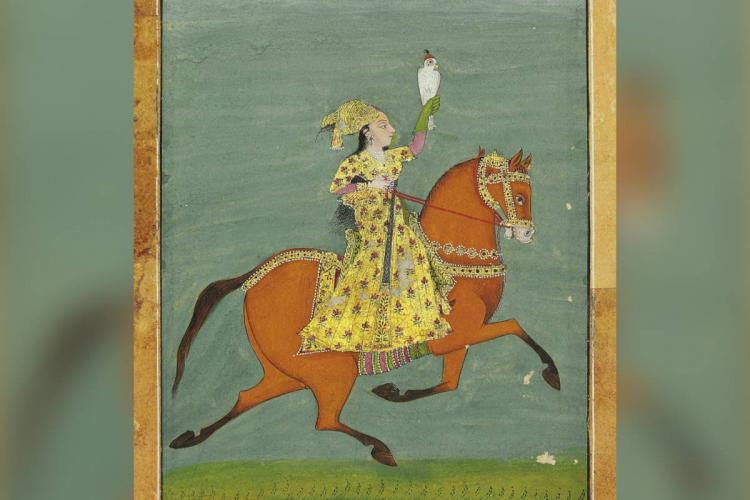
Where in the historical record and in historical consciousness does Chand Bibi (1550-1600) – the queen regent of Bijapur and Ahmadnagar – belong? Chand Bibi Sultan is well-known in India for valiantly defending her natal kingdom of Ahmadnagar in 1595, from the most powerful forces of her time: Mughal imperial armies. A range of historical sources shows a complex portrait of this female Muslim sovereign. Chand Bibi is a figure who enables us to contemplate the past from a myriad of perspectives. One perspective that tends to be overlooked in India’s past is that of the multi-religious and multi-ethnic medieval Deccan – from where Chand Bibi herself emerged. Ultimately – as a sovereign who navigated court intrigue and assumed political power – Chand Bibi was a Deccan queen.
We should be wary of attempts to cast the “warrior queen” Chand Bibi into narrow Indian nationalist frames that amplify Hindu-Muslim binaries as inherently oppositional. It is worthwhile to consider the source materials themselves. Chand Bibi slips in and out of Persian chronicles; Deccani, Rajasthani and Mughal paintings and ateliers; British histories and novels; Indian accounts and comic books; and within Pakistani novels as well.
Accessing a range of sources in different languages (Persian, English, Urdu, Marathi and so on) and reading them within the contexts of their circulation tells us more about how Chand Bibi was perceived at different periods of time by different peoples – each projecting onto her the values of their own time and place. For example, in Deccani paintings, the queen is frequently depicted outside and mobile, as she herself did not seem to abide by the feminine etiquette of purdah. However, in some British Victorian sources, Chand Bibi is described as “veiled” and “chaste”.
Chand Bibi knew many languages: Persian, Dakhani, Arabic, Telugu and Kannada. Her mother, Khunza Humayun – a queen in her own right – was a descendant of the nomadic Turkic monarchy in northwestern Iran known as the Qara Qoyunlu tribe. Chand Bibi’s father was a Shi’a Muslim whose grandfather founded the Ahmadnagar Sultanate. Her paternal great-great grandfather was a Hindu Brahmin. Chand Bibi’s family history was not exceptional. She grew up surrounded by Persian, Deccani and African nobles in her court.
Chand Bibi likely spoke in Dakhani, a regional vernacular of south India. Dakhani was a language that descended from Perso-Arabic writing, but was also a hybrid language containing regional and Indic vocabulary. Additionally, if we draw kinship charts that privilege women’s genealogies, we see how the dynastic families of the Deccan Sultanates were closely inter-related even as there were turbulent factional rivalries. One of Chand Bibi’s nephews was none other than Muhammad Quli Qutb Shah (1565-1612), the founder of Hyderabad. Chand Bibi herself grew up in Ahmadnagar and married into the Adil Shah dynasty of Bijapur. She and Ali Adil Shah had no children. After her husband’s death in 1580, she assumed regency over her nine-year-old nephew Ibrahim Adil Shah II (r. 1580-1627), who in turn became a patron of the arts, known for Hindu-Muslim syncretism. Chand Bibi eventually returned to Ahmadnagar.
Much of what is known about Chand Bibi comes first from the 16th century Persian chronicler Ferishta, a contemporary of Chand Bibi who served in the Deccan Sultanates. A few other contemporaneous sources mention her name. In 1598, Chand Bibi exchanged letters with the Portuguese Viceroy Francisco da Gama, addressing him “man to man”. She was attempting to strengthen the relationship of the Ahmadnagar Sultanate with the Portuguese, seeking their assistance to quell a rebellion in her realm. In my research, I’ve come across only one 16th century painting of Chand Bibi that was rendered in her own lifetime: in it, she is holding court. Part of the Persian inscription reads: ‘Chand Bibi, leader of the Dakhan’. Another source comes from a 16th century Hindi bard, who in his Ganga Granthvali praised Chand Bibi in the same breath as Akbar and Raja Singh. She is the only woman he eulogises.
Most paintings of Chand Bibi emerged long after she lived. Eighteenth century portraits typically show her as mobile, on the move, as a huntress and a sportswoman: riding a horse while hawking. In Chand Bibi’s own time, the idea of women riding horses, even those of the royal elite, seems to have been frowned upon, at least by Mughal imperial official records. In 1594, one of the only references to women in Mughal emperor Akbar’s Dasturu-l-‘amal, a circular enumerating the duties of Mughal administrators, Akbar announced that “women should not usually be allowed to ride on horses, unnecessarily”. Only a year later, as the Mughals invaded Ahmadnagar, Chand Bibi rode out on her horse rallying her troops to defend the Ahmadnagar fort. Her defiance against Mughal imperial annexation was not “religious” in nature. Rather, it was an expression of regional autonomy of the Deccan Sultanates.
In 19th century British colonial sources, such details about Chand Bibi’s Deccani context and mobility fade, as narratives about “Mahomedan” conquest arise more prominently. There, Chand Bibi is frequently described as a figure resembling Queen Victoria or as a “dowager queen”. As we approach the 20th century, images of a mobile Chand Bibi outside in a natural landscape, unveiled, hawking and riding her horse occur together with new images domesticating this “warrior queen”. In a late 19th or possibly early 20th century Marathi lithograph, Chand Bibi is depicted seated demurely, as a respectable housewife.
Between the 1930s and the 1960s, several Urdu biographies about Chand Bibi were published by upper-class Muslim men in the Deccan. One was written by a prominent journalist of Hyderabad State, who was known as the earliest researcher of Dakhaniyat. His narrative of Chand Bibi relies on multiple Persian sources, not just those based in the north. In other Urdu source material, Chand Bibi was held up as role model for Muslim girls, at a time when Muslim women had begun to attend colleges in larger numbers. Some Urdu biographical plays begin narratives with a romance plot about Chand Bibi’s marriage to Ali Adil Shah (r. 1558-79). In one image from Pakistan, Chand Bibi looks like she has stepped out of a modern bridal boutique. None of these sources by male authors emphasise what kind of challenges Chand Bibi faced as “a childless widow”, but it is a description that is recounted by 20th century Muslim women in Hyderabad.
Chand Bibi’s very existence and the world out of which she emerged as well as shaped defies stereotypes and flawed narratives that have taken root in India today. Her story is a challenge to the idea that India in essence is a territorially bounded and singularly Hindu and Sanskritic civilization that developed on its own, rather than by multiple dynamic fusions and interactions between diverse peoples and cultures.
Chand Bibi’s story is also a challenge to the north-centric perspective of Mughal imperial development that has long dominated histories of medieval and early modern India. Today, the Mughal empire is at once romanticised by Indian liberals while reviled by Hindutva propagandists. Recent scholarly biographies offer balanced and nuanced perspectives. At the same time, these histories focus on Mughal imperial development and privilege, a northern perspective over the southern peninsula of India. The Deccan in these histories is at best rendered marginal. In shifting our attention away from the north and towards the Deccan as a region that determined the course of India’s history, we might be able to better grasp where Chand Bibi belongs in her time and place – a distinctly Dakhani mixture of various cultural, religious and geographical influences.
This article was first published in The Newsminute as a part of the Deccan series.
Related Articles
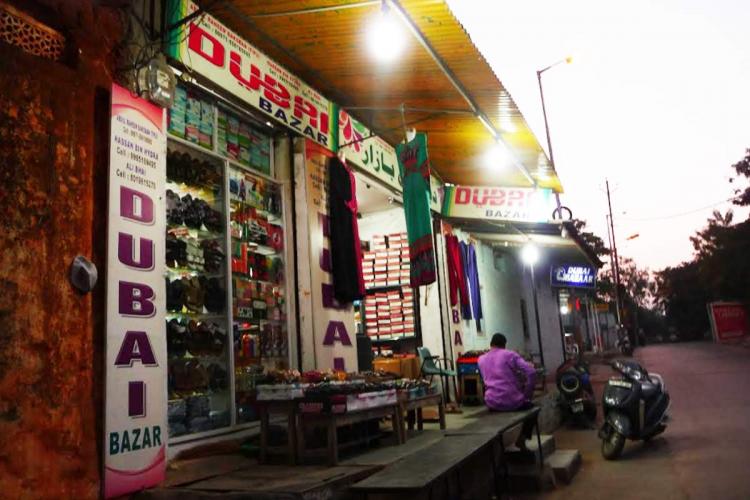
Hyderabad’s distinct Chaush community has roots in Yemen
At a time when Muslims in India are constantly asked to display their nationalism and explain their choices of food, love and profession, it is important to remember that identity is not a monolith. It is historically constructed and multidimensional. Neither can it...
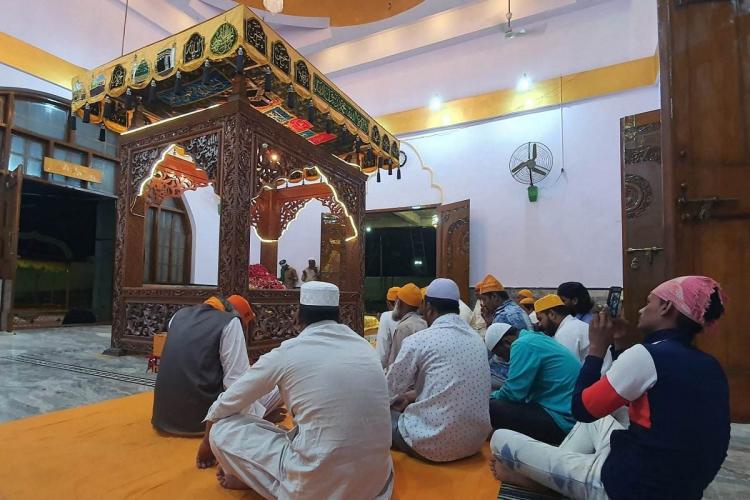
How the Dakhni language defines cultural intimacy and regional belonging
In mid-2019, I embarked on a month-long language homestay program in Jaipur to train myself in spoken and written Hindi. After which, I confidently journeyed to Hyderabad to commence my fieldwork for my PhD dissertation in anthropology. To my dismay, I found it...
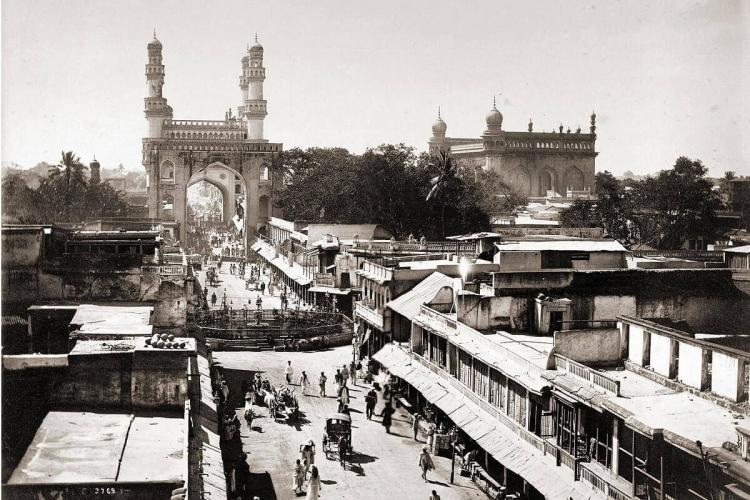
Becoming a Deccani artist: Tracing the history of Hyderabad’s School of Art and Crafts
In the 1930s and 40s, debates on education across India focused on designing job and industry-oriented technical and vocational training. Against this backdrop, Hyderabad nurtured a second focus — that of preserving and promoting its artistic heritage from ancient...
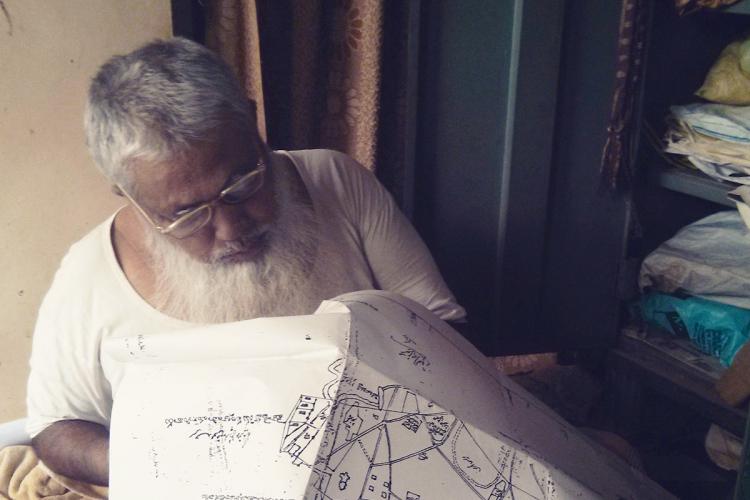
Search for the past: Stories from the dusty archives of the Deccan
As I sifted through some administrative reports of the Asaf Jahi state at the Telangana State Archives in Hyderabad, the archivist/official, a very patient man, sat there trying to match the details written on a small piece of white paper with the endless lists from a...

What the Hyderabad-Deccan region teaches us about belonging
During fieldwork for my PhD on Hyderabad-Karnataka in the year 2017, I was interviewing women migrants from the region living in Bengaluru and working as construction labour, about their experience of migration. The region is one of the most neglected parts of...
